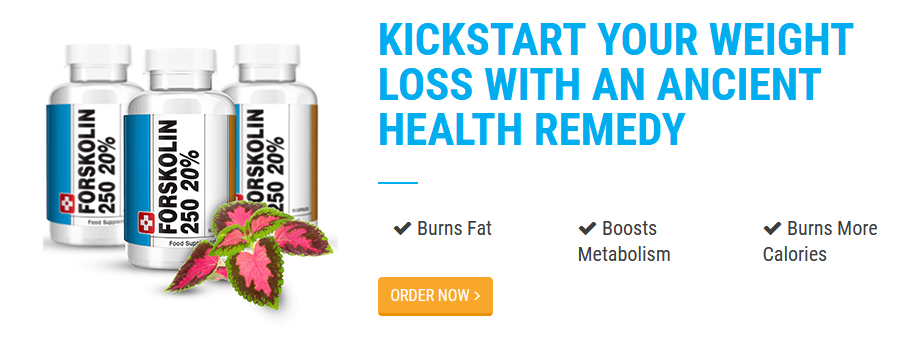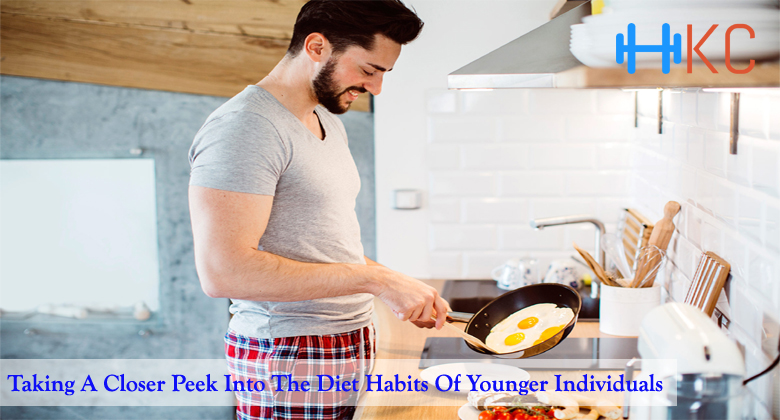
Sometimes the hardest part of doing something is just getting started. Losing weight is no exception. If you’re feeling overwhelmed about committing to a weight-loss plan, relax: you don’t need to change your whole life overnight. In fact, it’s better if you don’t. Instead, focus on making small changes that you can stick with long-term. These 20 tips will help you start losing weight easily, no huge sacrifices required.
- Increase your water intake.
Water is filling, calorie-free, and great for you – but most of us don’t drink enough of it. Many people don’t realize it, but hunger pangs can actually be a sign of dehydration. Whether you’re trying to shed five pounds or fifty, a smart first step is to drink more water every day. Half a gallon – or eight eight-ounce glasses – is a good minimum to aim for.
- Start tracking what you eat.
Calorie counting is the most reliable method of weight loss, but there’s no need to start tracking calories when you’re just starting out. Instead, get into the habit of simply writing down what you eat. You can use your phone for this, but a notebook and pencil will work, too. Don’t worry about cutting your calories or scaling back your portion sizes yet. The point of this exercise is just to become aware of what you’re eating on a daily basis, so that you’ll be able to change your habits more effectively later.
- Swap out junk food for healthier treats.
If junk food is your weakness, start looking for simple ways to switch it out for more nutritious fare. For instance, try eating kale chips instead of potato chips, or snack on fresh fruit instead of candy. You don’t have to cut junk food out of your diet entirely, but the less of it you eat, the more easily you’ll be able to lose weight.
- Increase your protein intake.
Have you ever tried a weight-loss plan that left you feeling hungry all the time? You probably weren’t eating enough protein. Protein-rich foods are essential for good health, but that’s not all – they also fill you up and keep you feeling satisfied for hours after eating. Eggs, lean meats, lentils, and cottage cheese are all good sources of protein.
- Fill half your plate with veggies.
If you like the feeling of eating lots of food, veggies will be your best friend while losing weight. Non-starchy vegetables – like leafy greens, bell peppers, onions, and broccoli, to name just a few – are nutrient-dense but low in calories, so you can fill up on them without worrying about weight gain. As a rule of thumb, try to fill half your plate with vegetables every time you sit down for a meal. Don’t like veggies? Experiment with different preparations – try roasting your broccoli instead of steaming it, for example, or make an Asian-inspired stir-fry dish. You might discover that you like veggies more than you thought.
- Look for ways to sneak micro-workouts into your day.
Even small amounts of physical activity can help you get the weight-loss ball rolling. If the gym intimidates you, try taking a ten-minute walk, doing a few leg lifts at your desk, or taking the stairs instead of the elevator. Each micro-workout might burn only a few calories, but over time, those calories will add up.
- Switch to diet soda (or, better yet, tea).
If you drink full-sugar soda, one easy way to save yourself a lot of empty calories is to switch to diet soda. Your taste buds will adjust within a few days. If you want to be even healthier, ditch the soda altogether and drink tea instead. Green tea is especially good for you, since it contains high levels of antioxidants.
- Drink your coffee black.
If you put cream and sugar in your daily coffee, try drinking it black instead. It’s easy to add more than 100 calories of cream and sugar to a single cup of coffee without even realizing it. Good-quality coffee doesn’t need any enhancements to taste great.
- Eat breakfast every day.
People who eat breakfast tend to be slimmer than those who don’t. If you run out the door in the morning with your stomach rumbling, you’ll be more likely to overeat at lunch and graze on snacks throughout the day. Bolster your self-control by eating a nutritious, protein-rich breakfast every morning.
- Don’t be afraid of healthy fats.
Fat isn’t necessarily bad for you. Unsaturated fats – such as olive oil, flaxseed oil, nuts, and avocados – actually have a protective effect on your heart when eaten in moderation. Fat, like protein, also helps you stay full long after a meal is over. You can add healthy fats to your diet by snacking on almonds, making your own salad dressing with olive oil and herbs, or adding a few avocado slices to your morning toast.
- Eat mindfully.
Make mealtime an event, not an afterthought. Take your time when you eat, and savor each bite. You’ll feel more satisfied afterwards if you appreciate your food. Don’t scarf down lunch in your car or at your desk if you can help it, even on busy days.
- Fill up on fiber.
Fiber-rich foods are a good choice when you’re losing weight. Besides being good for your heart and your digestive system, fiber is also very filling, so you’ll be less tempted to snack throughout the day. Good sources of fiber include vegetables, beans, legumes, whole grains, and chia seeds.
- Find a weight-loss buddy.
A little accountability can make a world of difference, so find someone who wants to lose weight with you. Tell each other about your goals, and make a plan to check in with each other regularly. You’ll think twice about eating those mediocre donuts in the break room if you know you’ll have to fess up about it to someone else.
- Make sure you’re actually hungry before you eat.
Do you really want that muffin… or are you just bored, tired, or feeling blue? Lots of people eat to deal with their feelings, but this can lead to weight gain and a bad relationship with food. It’s fine to snack now and then, but make it a habit to check in with yourself and make sure you’re truly hungry first.
- Wear a pedometer.
Do you know how many steps you take on a daily basis? If not, try wearing a pedometer for a few days. Tracking your steps gives you a good idea what your current level of activity is, and it helps you set goals for yourself. For instance, you could challenge yourself to take an extra 1000 steps every week.
- Learn a few new recipes.
If you’re stuck in a cooking rut (or if you don’t cook at all), losing weight gives you a great reason to add a few new dishes to your repertoire. Make a list of foods you like to eat, such as soups or casseroles, and find some recipes that call for fresh, nutritious ingredients. Alternatively, revisit a few of your favorite recipes and see if you can find ways to make them healthier and lower in calories.
- Use smaller plates.
Want to reduce your portion sizes without thinking about it? Just use smaller plates. Using a salad plate instead of a dinner plate, for instance, tricks your brain into thinking you’re eating more food than you are. The same goes for your other dishes. For instance, use a smaller bowl for your ice cream, and you’ll naturally eat less.
- Look for low-calorie ways to add flavor.
Butter, oil, and salad dressing add flavor to food, but they also add tons of calories. Luckily, there are plenty of low-calorie ways to enhance the flavor of your food, too. Try a dash of hot sauce, some herbs and spices, or a splash of balsamic vinegar.
- Get plenty of sleep.
If you want to shed a few pounds, get more shut-eye. People who are chronically sleep-deprived tend to weigh more than people who get enough sleep. One explanation for this: when you’re fatigued, you might want to consume more snacks and sweetened drinks to keep your energy levels up. Sleep deprivation also decreases your willpower to say no to junk food. The bottom line: to lose weight and keep it off, get at least eight hours of sleep every night.
- Focus on consistency.
Losing weight isn’t about changing your habits all at once. Rather, it’s about making small but sustainable changes that you can stick with for the rest of your life. Instead of falling for restrictive fad diets or crash diets, work on establishing tiny but consistent positive habits. It may not provide instant gratification, but in the long run, consistency is what will help you reach your weight loss goals – and then keep the weight off long-term.
Wrapping Up
You don’t have to turn your life upside down to lose weight. In fact, if you focus on making just one or two small, easy changes at a time, you’ll start to see the number on the scale go down. Why not pick one of the tips from this list and start your weight loss journey today?
Jordan is the beauty and brains behind Beautifully Alive! She loves eating healthy and trying new recipes. The self-proclaimed Zumba Queen has a passion for beauty products and loves reading new books. She’s always down for a DIY project!
















































